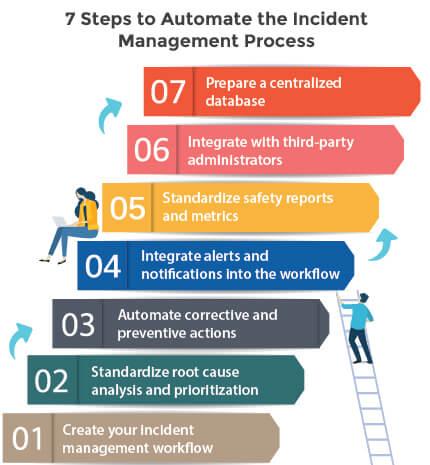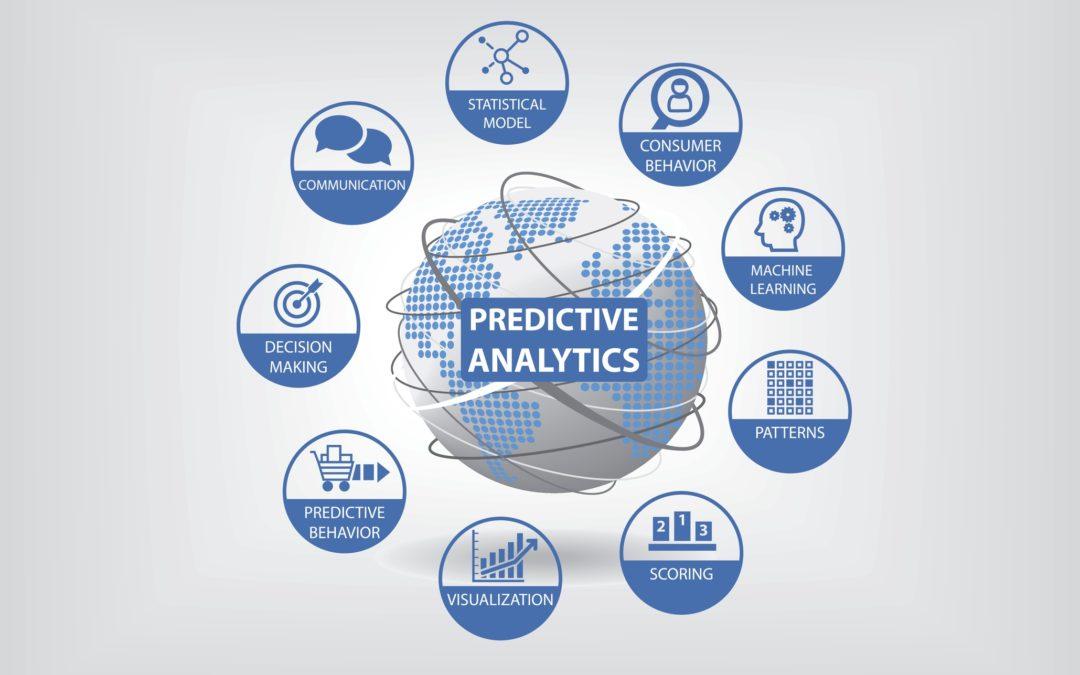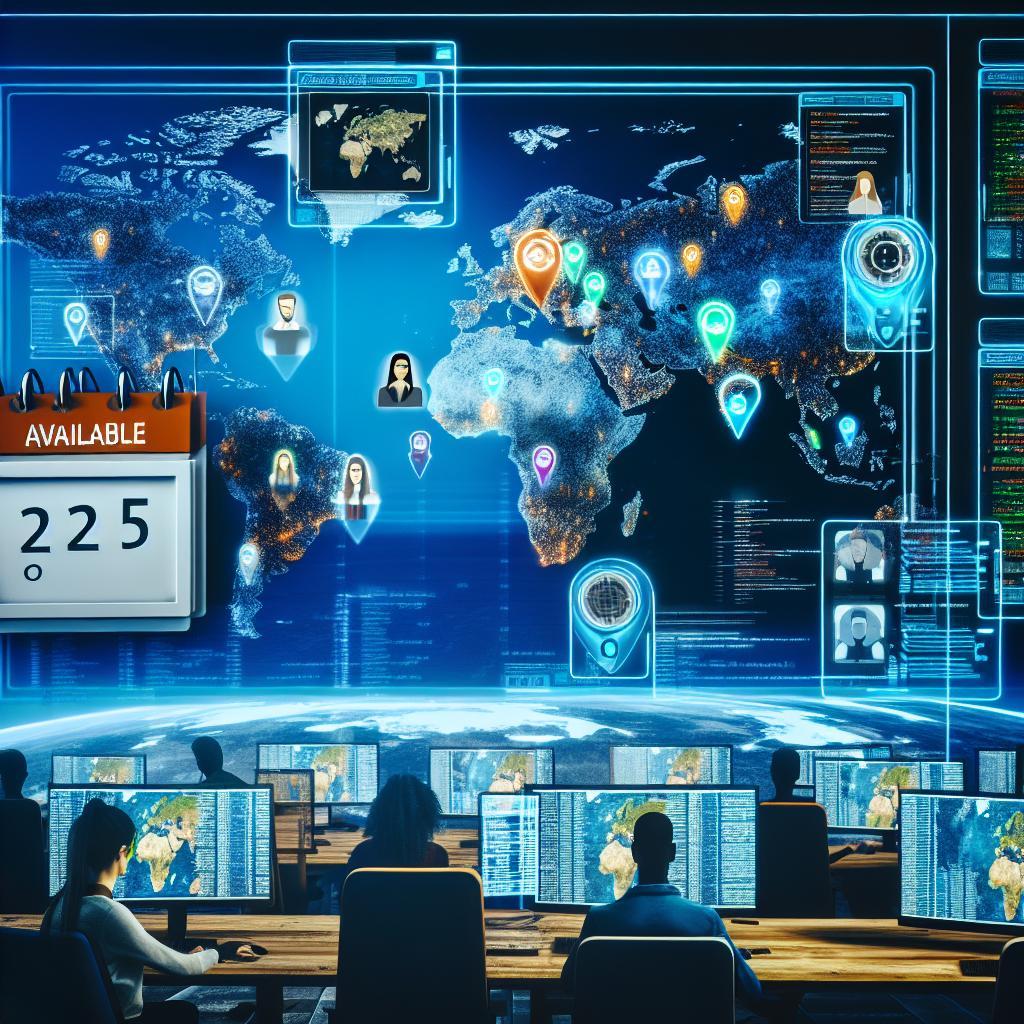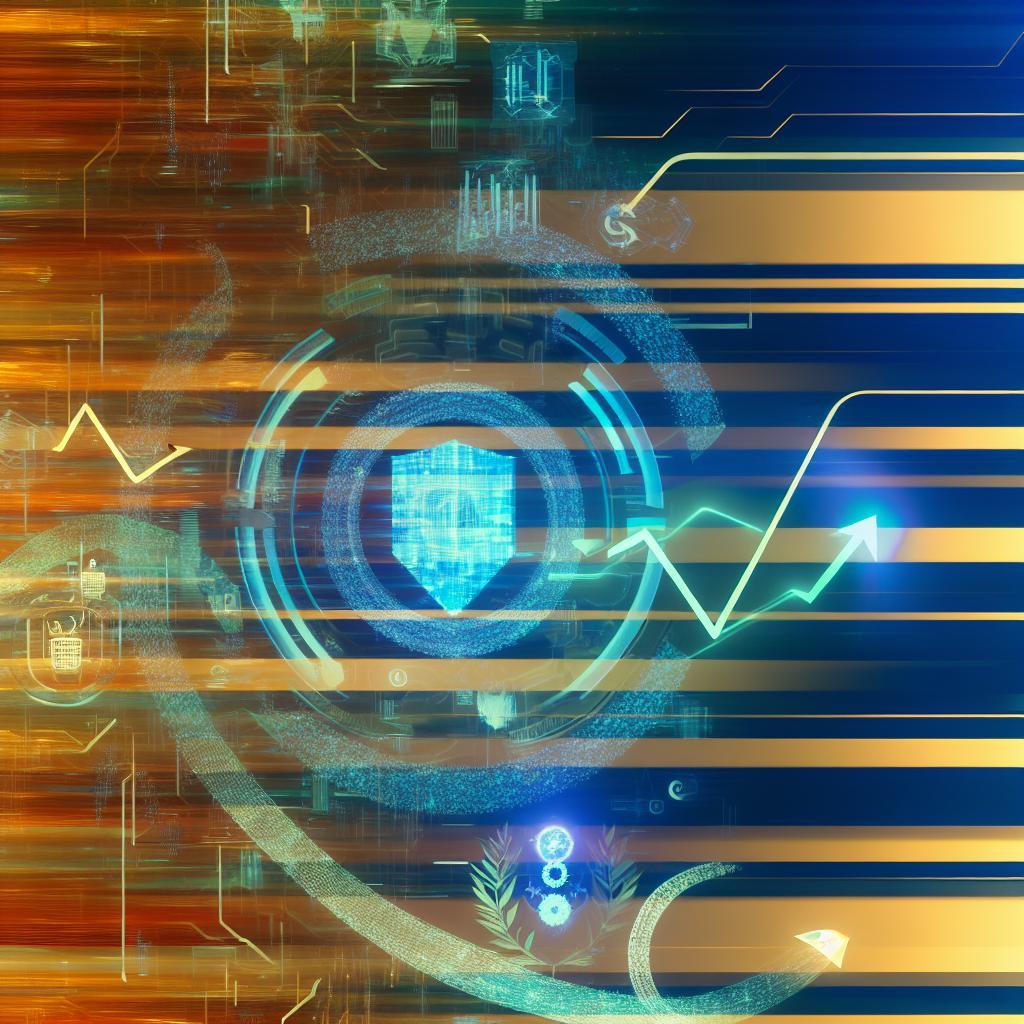In an increasingly digital world, where cyber threats loom around every corner, the advent of artificial intelligence has emerged as a formidable ally in the battle for online security. As malicious tactics evolve, so too do the strategies employed to combat them. In this listicle, “7 Key Ways AI is Revolutionizing Cybersecurity Today,” we will explore how cutting-edge technology is transforming the landscape of digital defense. From predictive analytics that anticipate attacks before they happen to automated response systems that neutralize threats in real-time, these seven innovations are setting new standards in cybersecurity. Join us as we delve into the powerful intersection of AI and security, revealing insights that not only highlight current advancements but also equip you with a deeper understanding of how these tools can protect your digital footprint.
1) Proactive Threat Detection: AI algorithms analyze vast amounts of network data in real-time, identifying and flagging potential threats before they can cause harm. This proactive approach significantly reduces the time to detect and respond to cyberattacks
In the ever-evolving landscape of cybersecurity, utilizing AI-driven algorithms marks a turning point in how organizations monitor and respond to potential threats. These sophisticated systems can ingest and analyze enormous volumes of network data in real-time, scanning for unusual patterns and behaviors that may indicate a breach. By leveraging machine learning, AI solutions can continuously improve their detection capabilities, learning from historical data to identify new threats as they emerge. This not only enhances the accuracy of threat detection but also minimizes the chances of false positives, allowing cybersecurity teams to focus on legitimate threats.
Furthermore, the speed at which AI can identify and flag potential threats dramatically shortens the incident response time. By automating the initial stages of threat assessment, organizations can swiftly allocate resources towards mitigation efforts instead of getting bogged down in manual analysis. This proactive stance not only helps in containing cyberattacks before they escalate but also fosters a culture of preparedness and resilience within the organization. With advanced AI solutions, companies can expect to maintain a robust defense mechanism that evolves alongside emerging cyber threats.

2) Enhanced User Authentication: By leveraging machine learning techniques, AI can create more advanced user authentication systems. These systems can assess user behavior patterns and detect anomalies, ensuring that only legitimate users gain access to sensitive information
In an age where cyber threats are constantly evolving, traditional password-based authentication systems are proving to be inadequate. By integrating machine learning algorithms, AI can develop a more dynamic approach to user authentication. These systems analyze various user behavior metrics, such as typing speed, mouse movements, and geolocation, to establish a unique behavioral profile for each user. When anomalies are detected—such as an unusual login attempt from a different location or mismatch in typing patterns—the AI can trigger additional verification steps, ensuring that only legitimate users retain access to sensitive data.
This enhanced security framework not only fortifies sensitive information against unauthorized access but also provides a seamless user experience. Users are less likely to be interrupted by frequent two-factor authentication prompts unless their behavior deviates from the established pattern. Additionally, these systems can evolve over time, continuously updating user profiles and adapting to changes in behavior, thereby providing a level of security that static passwords simply cannot offer. The table below highlights key advantages of AI-driven user authentication systems:
| Advantage | Description |
|---|---|
| Behavioral Analysis | Tracks unique user actions for tailored security protocols. |
| Adaptive Learning | Evolves with user behavior, reducing false positives over time. |
| Seamless Access | Minimizes disruptions while enhancing security measures. |

3) Automated Incident Response: AI-driven tools can automate the process of responding to security incidents, allowing organizations to react swiftly and effectively. This automation not only minimizes damage but also frees up cybersecurity professionals to focus on more strategic tasks
In an era where cyber threats are becoming increasingly sophisticated, the need for rapid, effective incident response has never been more critical. AI-driven tools are leading the charge, providing organizations with the ability to automate their response strategies. This automation is a game changer, enabling swift identification and mitigation of threats without the delay that human intervention can introduce. Some key benefits of automated incident response include:
- Faster Reaction Times: Immediate action can be taken against threats before they escalate.
- Reduced Human Error: Automated systems minimize the risk of mistakes that can occur during high-pressure situations.
- Resource Optimization: Security teams can allocate their expertise to strategic initiatives rather than routine responses.
Furthermore, the sophistication of AI allows for continuous learning, meaning that these tools not only respond to incidents but also evolve with every attack they mitigate. The insights derived from previous incidents can be leveraged to refine future responses, enhancing the organization’s overall security posture. Here’s how automated incident response can reshape the workflow within cybersecurity teams:
| Task | Traditional Approach | Automated Approach |
|---|---|---|
| Threat Detection | Manual monitoring and analysis | Real-time automated scans |
| Incident Analysis | Time-consuming investigations | Instant insights and suggestions |
| Response Execution | Human-dominated decision-making | Pre-defined automated scripts |
The combination of speed and strategy not only minimizes potential damages but also positions cybersecurity professionals to focus on critical areas such as threat hunting, vulnerability assessments, and policy development, ultimately leading to a more resilient cybersecurity framework.

4) Predictive Analytics for Vulnerability Management: AI can scan and analyze software and systems to predict vulnerabilities before they can be exploited. This enables organizations to prioritize patching and remediation efforts based on risk assessment, enhancing overall cybersecurity posture
In an era where cyber threats are constantly evolving, predictive analytics powered by AI is emerging as a critical tool for organizations navigating the complex landscape of cybersecurity. These advanced algorithms are capable of scanning an organization’s software and systems, identifying patterns and behaviors that may indicate the presence of vulnerabilities. By leveraging machine learning models, these systems can forecast potential security weaknesses before they are actually exploited, enabling cybersecurity teams to be proactive rather than reactive. This foresight allows organizations to understand not just where their vulnerabilities lie, but also the timing and likelihood of potential attacks.
Moreover, the integration of predictive analytics into vulnerability management offers a structured prioritization of remediation efforts. Organizations can categorize vulnerabilities based on their potential risk impact, taking into account factors such as severity, exploitability, and business context. This data-driven approach empowers IT teams to focus resources where they are most needed, aligning their patching and remediation efforts with the overall business risk. The following table illustrates a sample risk assessment approach for prioritizing vulnerabilities:
| Vulnerability | Severity | Exploitability | Business Impact | Priority Level |
|---|---|---|---|---|
| SQL Injection | Critical | High | High | 1 |
| Cross-Site Scripting | Medium | Medium | Medium | 2 |
| Outdated Library | Low | Low | Low | 3 |
This strategic prioritization, driven by predictive analytics, not only enhances the organization’s overall cybersecurity posture but also optimizes resource allocation, allowing for a more efficient and comprehensive security strategy. As organizations embrace AI technologies, they are better equipped to tackle the dynamic and often unpredictable nature of cyber threats.
In Conclusion
As we navigate an increasingly digital landscape, the intersection of artificial intelligence and cybersecurity has never been more crucial. The seven key ways we’ve explored illustrate not just the transformative potential of AI, but also the ongoing commitment of organizations to protect their assets and data in a world rife with threats. While these advancements bring remarkable tools to the forefront, they also remind us that the battle against cybercrime is ever-evolving.
As you embark on your own cybersecurity journey, consider how these innovations can bolster your defenses and reshape strategies for the future. The landscape may be shifting, but with AI as your ally, you can stay one step ahead in safeguarding what matters most. Embrace the power of technology, remain vigilant, and together, let’s forge a secure digital frontier.







